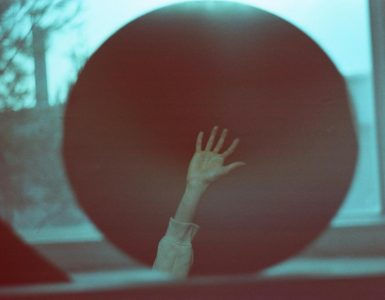We all love a good movie, a catchy tune, or a stunning painting. But have you ever stopped to consider the hidden layers, the unexpected details that elevate these art forms from simple entertainment to something truly remarkable? We’re diving into the fascinating, often overlooked, aspects of movies, music, and visual arts – buckle up! Wie werden Spezialeffekte in Filmen eingesetzt?
The Cinematic Symphony: More Than Meets the Eye
Think about your favorite movie scene. Chances are, you’re focusing on the actors, the dialogue, the plot. But what about the mise-en-scène? This French term, literally meaning “placing on stage,” refers to everything visible within the frame: the set design, costumes, lighting, and even the placement of objects. Consider the stark contrasts in lighting in film noir, shaping the mood and revealing character through shadows. Or the meticulously crafted sets in Wes Anderson films, contributing as much to storytelling as the dialogue itself. These elements aren’t just background noise; they’re carefully orchestrated components of the narrative, conveying emotions and enriching the viewing experience far beyond what’s explicitly said.
Let’s talk sound design. Beyond the dialogue and score, consider the subtle use of ambient noise. The creak of a door in a suspenseful thriller, the gentle hum of city life in a romantic comedy – these seemingly insignificant sounds contribute massively to the overall atmosphere and tension. Think of the chilling silence before a jump scare, amplifying the impact tenfold. Many successful films use sound to create a world far richer than what’s visible on screen; it’s a crucial, frequently underestimated element.
And what about editing? The rhythm of cuts, the pacing of scenes – these choices dramatically impact our emotional response. A rapid-fire montage can build excitement, while slow, lingering shots can create profound melancholy. Think of the iconic shower scene in *Psycho*; the editing brilliantly builds suspense through its intense pacing and jarring cuts.
The Musical Kaleidoscope: Beyond the Melody
Music is more than just catchy melodies and rhythmic beats. It’s a powerful language that evokes emotions and tells stories without uttering a single word. Consider the use of leitmotifs in classical music and film scores – recurring musical themes associated with specific characters or ideas. Wagner’s operas are masters of this technique, and John Williams expertly employed it in the *Star Wars* saga, creating instant recognition and emotional resonance with simple musical phrases.
Then there’s the impact of musical structure. The dynamics (loudness and softness), tempo (speed), and harmony (relationship between notes) all work together to create a specific mood and feeling. A sudden shift in tempo can signal a change in the narrative, while a shift in harmony can highlight a dramatic moment. Think of how a minor key often creates a sense of sadness or tension, while a major key often evokes happiness or triumph. This is musical storytelling at its most powerful.
And let’s not forget the often-overlooked influence of instrumentation. The choice of instruments can significantly shape the emotional impact of a piece. A solo cello can evoke melancholic beauty, while a driving drumbeat can create a sense of urgency. The careful selection and arrangement of instruments can transform a simple melody into a captivating soundscape.
The Visual Whispers: Unveiling the Secrets of Art
Visual art, too, speaks in a language of subtleties. Consider the use of color theory. Color isn’t just aesthetically pleasing; it evokes specific emotions and associations. Warm colors like red and orange often imply energy and passion, while cool colors like blue and green often suggest calmness and serenity. Think of the vibrant colors used in Impressionist paintings to capture the fleeting effects of light, or the muted tones in many Renaissance portraits, reflecting the era’s solemnity.
Composition is another critical yet often overlooked aspect of visual art. The arrangement of elements within a painting or sculpture significantly impacts its impact. The Rule of Thirds, for instance, a guideline for placing key elements off-center, creates a more dynamic and visually compelling composition. Study the masterpieces of classical painters; you’ll see this principle in action time and time again.
Finally, consider the use of symbolism in art. Many artworks are laden with symbolic meaning, often hidden beneath the surface. Consider religious iconography, where specific objects and figures represent deeper spiritual concepts. Or think about Surrealist paintings, where dreamlike imagery creates a sense of mystery and psychological depth. Deciphering these symbols can unlock a whole new layer of understanding and appreciation for the artwork.
From the subtle shifts in lighting in a film to the deliberate use of color in a painting, the details often overlooked in entertainment and art are the very elements that make these art forms so captivating. By appreciating these hidden subtleties, we unlock a deeper understanding and appreciation for creativity and artistry. It’s a reminder that true artistry lies not only in the obvious but also in the whispers between the lines, the notes between the measures, and the brushstrokes that speak volumes without uttering a single word.
























Kommentar hinzufügen